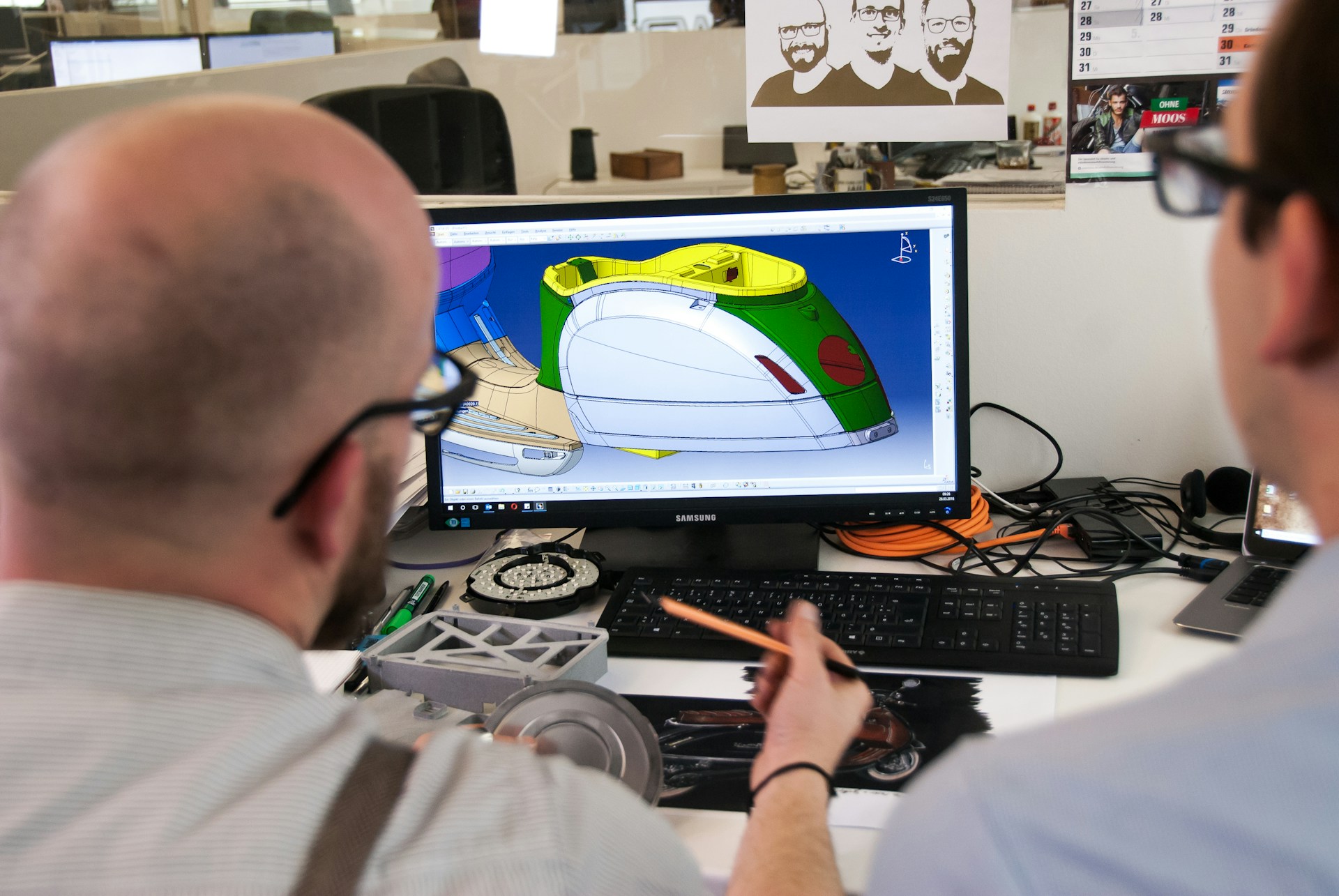
9 Key Benefits Non-Destructive Testing Brings to the Table
April 15, 2024 - Emily Newton
Revolutionized is reader-supported. When you buy through links on our site, we may earn an affiliate commision. Learn more here.
Non-destructive testing (NDT) allows manufacturers, engineers and other relevant parties to verify that products meet or exceed minimum standards. What are the main benefits people expect when choosing these methods?
What Is NDT and Its Importance?
Non-destructive testing encompasses a wide range of testing methods that do not require damaging the evaluated item. People can use NDT on materials, components, structures or systems to identify differences between an evaluated item and one that has passed quality checks.
Non-destructive testing is an important way for manufacturers to maintain high-quality output and gradually build or maintain customer trust. It can also prevent expensive and widespread issues such as recalls and reputational damage. NDT offers many benefits to company decision-makers who choose to use these methods.
1. Cost Savings
People who use non-destructive testing can anticipate substantial money saved. The primary reason is that they can examine a product without disassembling or dismantling it. Besides offering welcome convenience, this reality can reduce or eliminate the need for lengthy production shutdowns caused by testing needs.
Plus, NDT alerts people to faulty parts or other weaknesses they might not otherwise identify until items have reached the market. Conversely, a non-destructive testing method prevents someone from needing to break or otherwise harm a product only to find it’s still working as intended and passes all checks.
2. Increased Sustainability
Some companies still use destructive testing methods, resulting in lots of material and time-related waste. For example, destructive testing strategies in the automotive industry generate scrap metal and necessitate rework. However, some companies are making progress with NDT. For example, computed tomography (CT) became an established way two decades ago to replace 2D radiographic methods.
NDT is also more sustainable because people can use the tested products after examining them. The alternative resulted in significant ruined materials and products.
3. Better Safety for Testers
Other benefits of non-destructive testing relate to tester safety. Although technicians may need specialized training or only perform tests in controlled environments, the methods used are typically safer than destructive methods.
Numerous NDT methods exist, and people must choose the best type to provide the relevant data. For example, ultrasonic testing reveals structural shapes under an object’s surface. Additionally, liquid-penetrant testing with fluorescent penetrants requires ultraviolet radiation to detect cracks and porosity. However, as long as people receive the correct training and take appropriate precautions, non-destructive testing is safe and effective.
4. Improved Quality Control
Non-destructive testing can help manufacturers and other industrial leaders achieve quality control goals. Relatedly, the tests prevent accidents and loss-of-life incidents by ensuring people in critical industries — including manufacturing — work to maintain quality standards and meet safety requirements.
One person who oversees a program for aspiring NDT testers at a Pennsylvania university said companies have billions of dollars of products that need testing and require more people trained to do it. He gave an example of how most welds must go through non-destructive testing. Many individuals who use or benefit from today’s products probably don’t know the essential role NDT plays in them. Still, those who understand how to apply these test methods will remain in demand.
5. Higher Customer Satisfaction Rates
When people purchase products, they have certain expectations about them, such as how long they’ll last and that they’ll work safely. If those things don’t happen, people may decide never to buy from the relevant brands again.
However, one of the benefits of non-destructive testing is that it can maintain customer satisfaction. Many small household products get examined through sine testing before reaching the market. It’s the oldest and simplest way to run non-destructive, vibration-based tests.
6. Helps Society Run Smoothly
Non-destructive testing goes beyond products and helps maintain critical infrastructure. In the United Kingdom, a non-destructive testing organization has increased engagement with civil engineers to improve infrastructure such as bridges, retaining walls and tunnels.
People with NDT training possess the knowledge to advise during the creation of new infrastructure and ensure that things remain safe to use as they get older. That expertise should reduce accidents and sudden failures, giving people more insights into when they must conduct infrastructure-related repairs or replacements.
7. Better Visibility
Awareness of an issue only after something fails can be extremely costly and dangerous. The goal is to identify the problems before failures happen. Then, people can use that knowledge to address the causes and prevent them from occurring in the future.
Some types of non-destructive tests produce almost instantaneous results, making it easy to spot problems. People consider magnetic particle testing the gold standard among their options. One reason is that it gives fast and easily visible results since magnetic particles cluster around defects.
8. Reduce Carbon Emissions
Some of the waste generated by failed products can be extremely damaging to the planet. As food waste rots in landfills, the associated emissions are 21 times more harmful than CO2. That’s one of the many reasons food processing plants have invested in NDT. These checks can gauge a product’s temperature, look for broken seals or ensure freshness, depending on the method used.
More broadly, virtually all products have associated emissions, whether during their production, the sourcing of raw materials or other steps. It’s much harder to justify the emissions if those products never reach the marketplace. People who know the benefits of non-destructive testing understand that it can help them reduce emissions by making testing products still usable rather than wasted.
9. Pursue Continuous Improvement
Once decision-makers fully understand the benefits of non-destructive testing, they realize how these examination methods can fit into their larger continuous improvement goals. For example, a manufacturing leader might use a data analysis platform to determine how many tested products per month fail NDT checks. They could then dig deeper into the matter and choose metrics that will show them when improvement occurs.
The test results will keep people accountable. They’ll also show leaders whether it’s time to invest in new equipment, change training methods or take other decisive actions.
Enjoy the Many Benefits of Non-Destructive Testing
These are some of the most compelling reasons to use non-destructive testing in industrial environments. Once people understand the available methods and which ones match their needs, they’ll be in an excellent position to reduce costs, keep people safer and harness the other advantages mentioned here.
Revolutionized is reader-supported. When you buy through links on our site, we may earn an affiliate commision. Learn more here.
Author
Emily Newton
Emily Newton is a technology and industrial journalist and the Editor in Chief of Revolutionized. She manages the sites publishing schedule, SEO optimization and content strategy. Emily enjoys writing and researching articles about how technology is changing every industry. When she isn't working, Emily enjoys playing video games or curling up with a good book.




